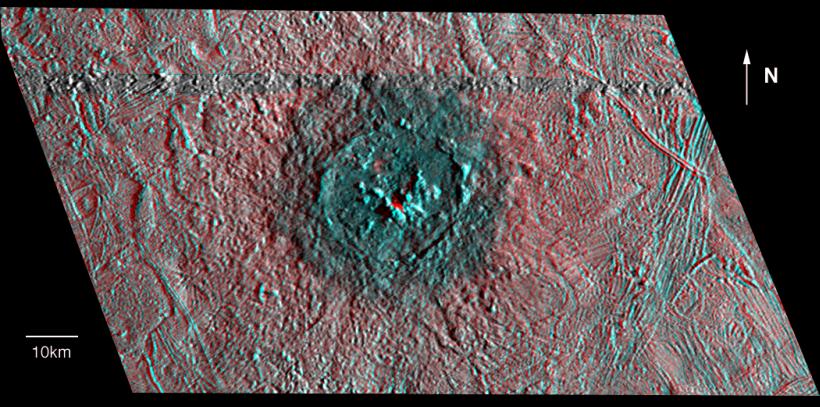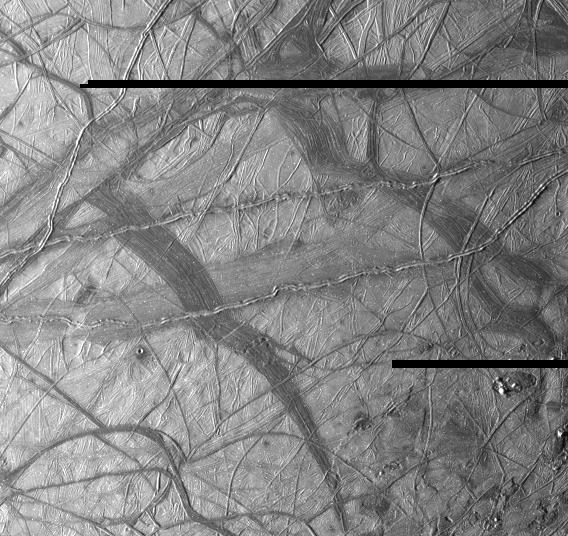
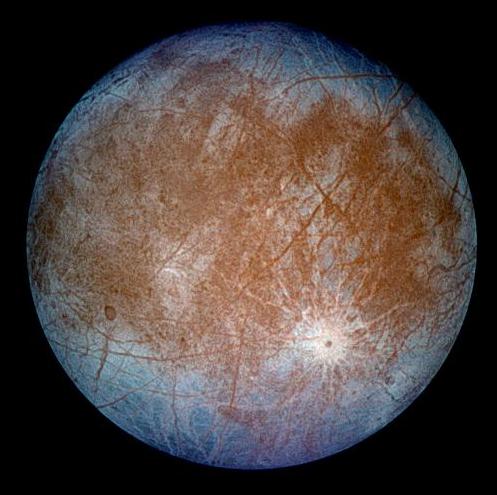 Further
from Jupiter than Io, less tidal heating (remember Ftidal ~
1/r3). No hot volcanos, higher ice content.
Further
from Jupiter than Io, less tidal heating (remember Ftidal ~
1/r3). No hot volcanos, higher ice content.
View from Voyager, then later Galileo, shows
extremely
smooth
ice plains and large fractures
(cracks) in the ice.

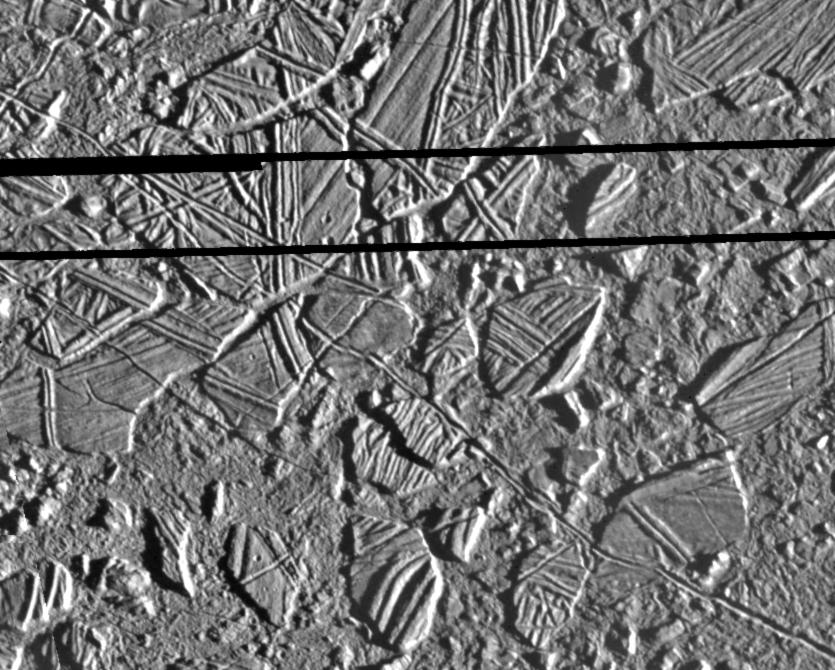
These Europa images lead to a possible picture of Europa where a few kilometer thick ice crust overlies a liquid water ocean a few hundred kilometers deep. What would keep the ocean from solidifying? Liquid ocean --> Life?? Utter speculation at this point. (See Arthur C. Clarke's 2010). Other models say, no, it's a mix of hard and "soft" ice. As always, more work is needed... |
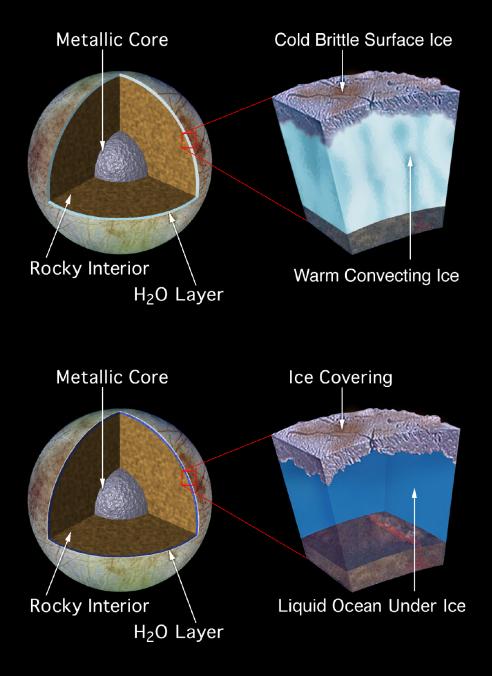 |
Europa 3D images
(image
source and more information here)
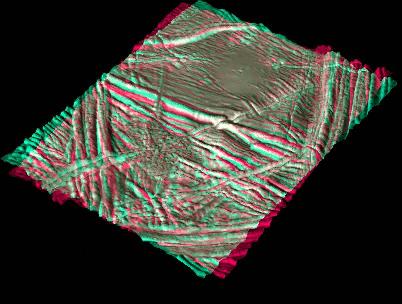 |
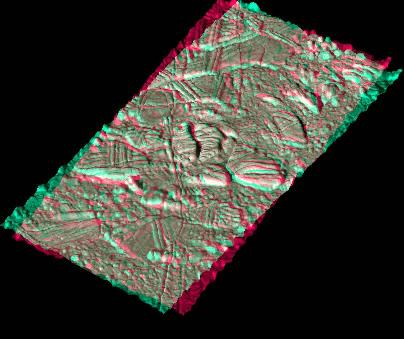 |
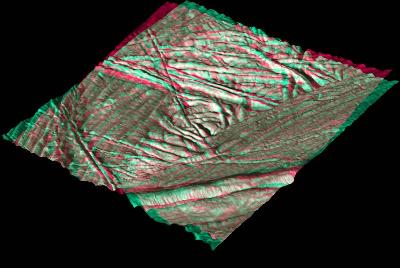 |
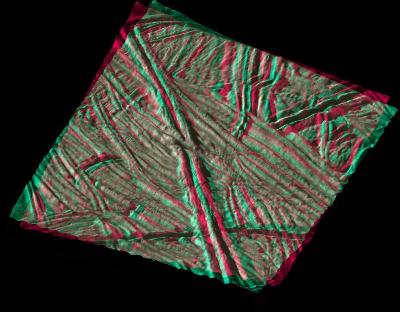 |
